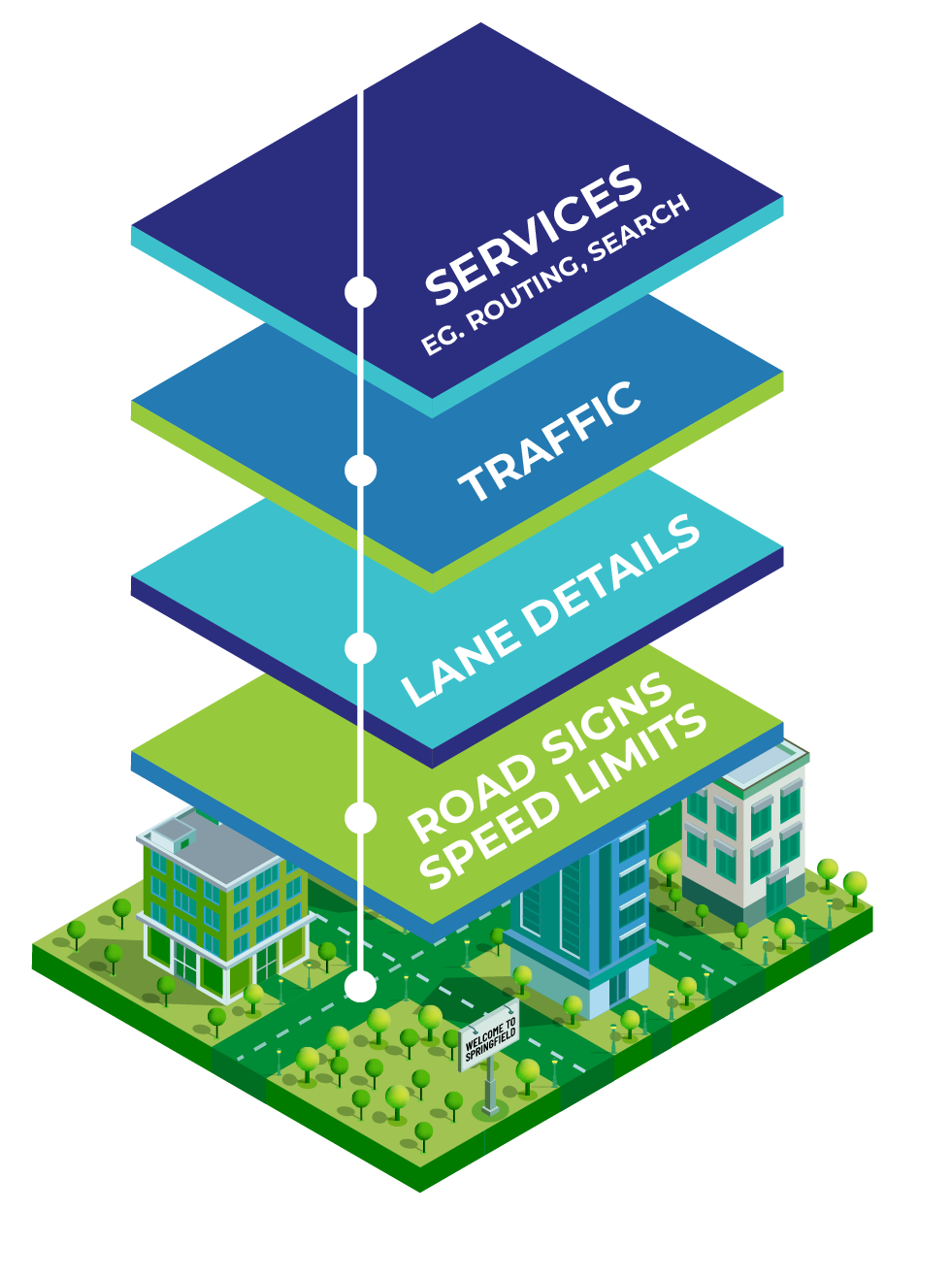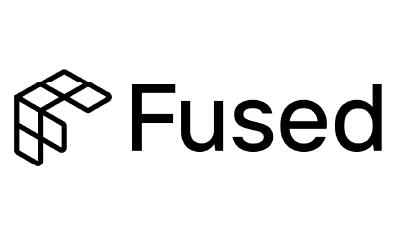Overture’s Global Entity Reference System (GERS) is an ID system for geospatial entities. GERS makes data sharing, onboarding, and joining easier via common, open, accessible IDs.

Supported by Overture Maps Foundation Members
GERS addresses two challenges
Data costs more to onboard than it does to license.
Data onboarding is a hidden tax on the data ecosystem. Organizations spend weeks getting data into their environments rather than building valuable solutions.
Geospatial data is too hard to handle for most data teams.
Despite the fact that all organizations can benefit from geospatial intelligence, complex spatial operations keep teams from using location as an enrichment key.
Why GERS Works
The Data is Open
GERS IDs reference elements in a global, open, free, accessible, and frequently updated dataset. There’s no requirement to pay a third party to enter the GERS ecosystem and no risk of vendor lock-in—any ID system can match with GERS.
GERS Has Strong Backing
GERS is supported by a diverse community of over 35 organizations, including Amazon Web Services (AWS), Meta, Microsoft, TomTom, and Esri. These companies have committed to and depend on Overture data. Overture powers the maps used by billions of people across Meta’s, Microsoft’s, TomTom’s, and Esri’s platforms.
Built to Last
Overture member engineers have built and continue to improve foundational matching software that conflates input data sources into stable data products, persisting reliable IDs from release to release.
Dive Deeper Into GERS
The GERS framework is made up of several components – Data Releases, Release Changelogs, Registry, and Bridge Files – that help people work with GERS IDs. Each component has its own role in making it easier to share and connect geospatial datasets. Learn more about the components that make GERS work.

